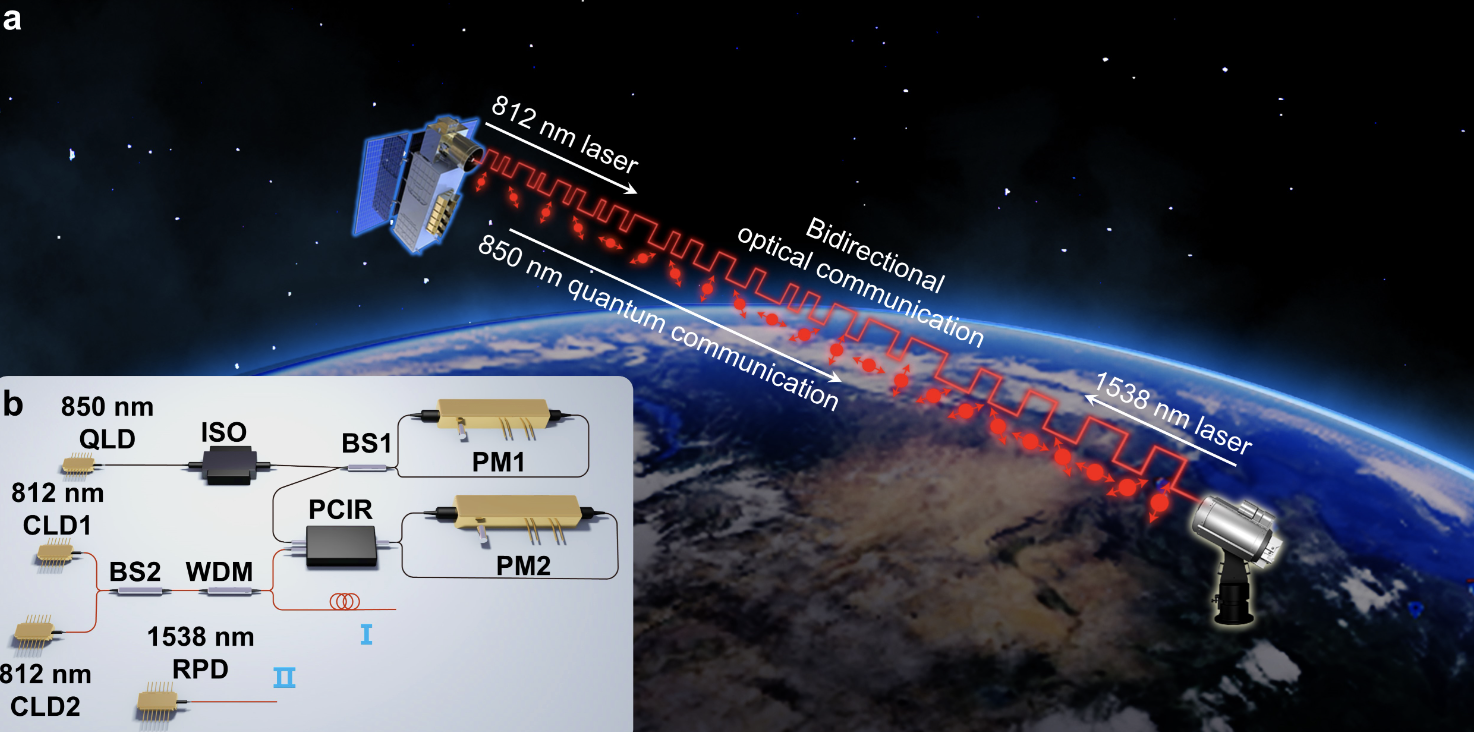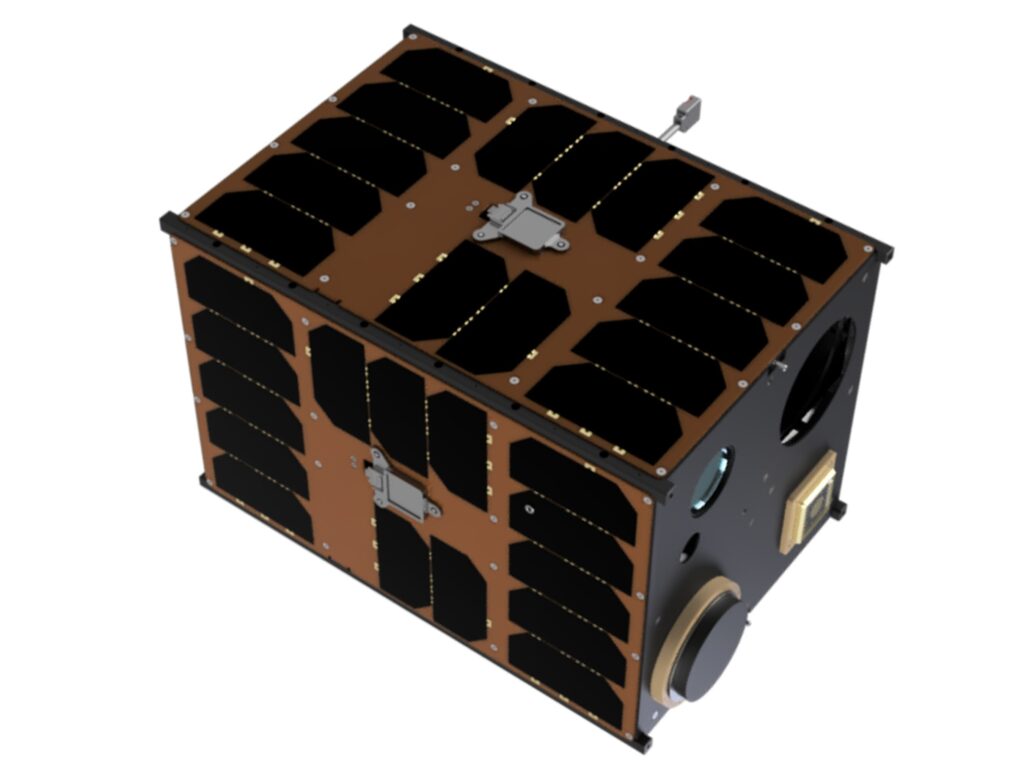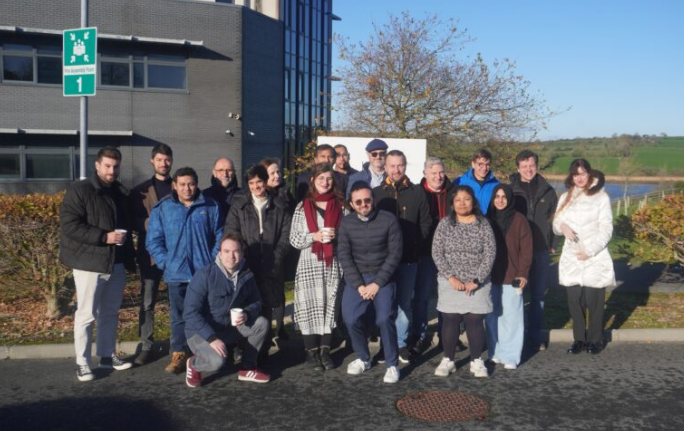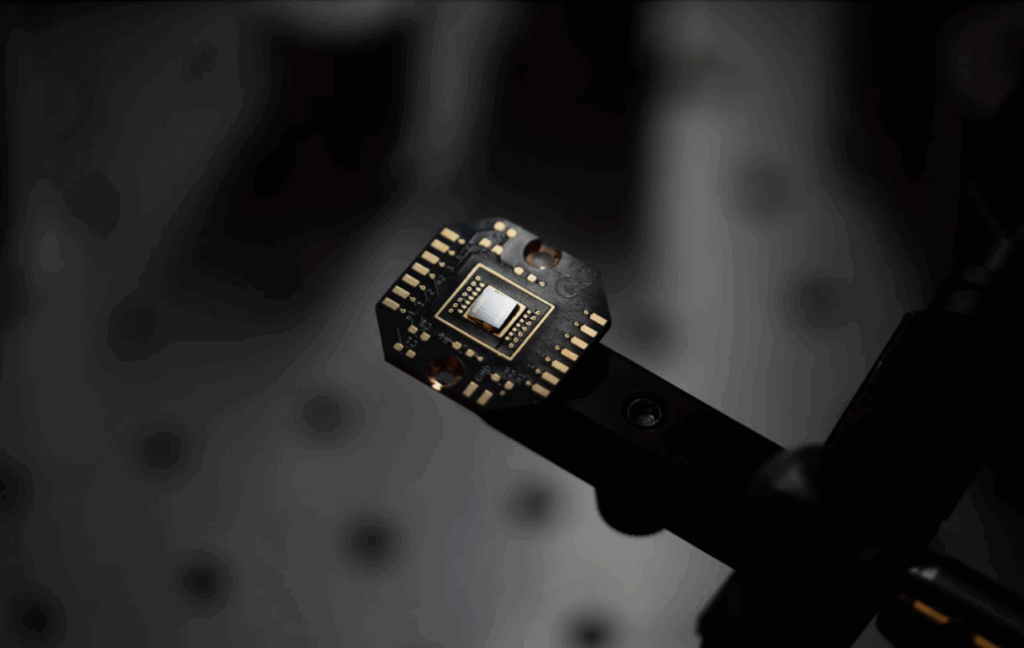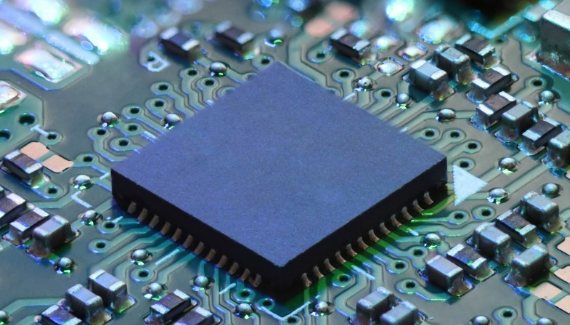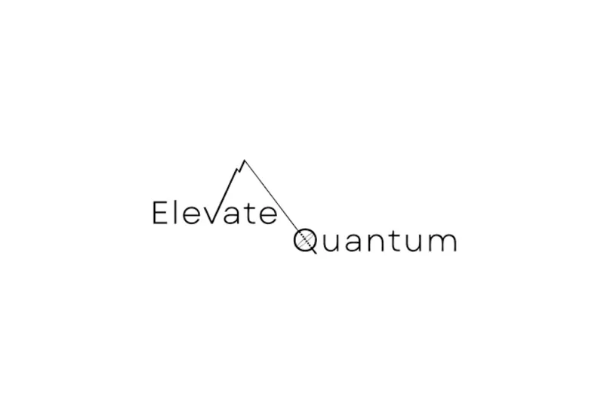- Chinese researchers report on a compact quantum microsatellite that achieves secure space-to-ground communications through quantum key distribution (QKD) with portable ground stations.
- The microsatellite, weighing just 23 kilograms, represents a significant reduction in size and weight compared to previous quantum satellites, enabling more flexible and rapid deployment.
- The system achieved real-time secure communication, sharing up to 0.59 million bits of secure keys in a single satellite pass.
A team of Chinese researchers report that the successfully developed and demonstrated a compact quantum microsatellite that can performing space-to-ground quantum key distribution (QKD) using lightweight, portable ground stations, according to a study published on the preprint server ArXiv.
The microsatellite, weighing in at just slightly over 20 kilograms, represents a major cut in size and weight compared to previous quantum satellites, enabling more flexible and rapid deployment. The team reports the system achieved real-time secure communication, sharing up to 0.59 million bits of secure keys in a single satellite pass, marking a major step toward a global quantum network.
While challenges lie ahead, this achievement could be a step toward realizing a global quantum network, a technology that could offer secure communications and other advanced computing applications. The portable nature of the network would also offer several critical national security and defense advantages.
Microsatellite Innovation
The research team, which included members from the University of Science and Technology of China (USTC), the Chinese Academy of Sciences (CAS), and Quantum CTek Co., designed the quantum microsatellite with a payload weighing about 23 kilograms — that’s approximately 50 pounds, or about the weight of a large bag of dog food. This is a substantial reduction compared to the previously developed Micius satellite, with a payload that weighed more than ten times more — around 250 kilograms. The microsatellite, dubbed Jinan-1, was launched into a 500-kilometer Sun-synchronous orbit in July 2022, according to the paper, and has since demonstrated its ability to securely share quantum keys between space and ground stations.

Quantum key distribution (QKD) is a method that leverages quantum mechanical principles to securely share encryption keys between two parties. Unlike traditional encryption methods, which rely on complex mathematical algorithms, QKD ensures that any attempt to intercept the key would be immediately detectable. This makes QKD an attractive option for securing sensitive communications against potential cyber threats.
Lightweight Ground Stations
In addition to the satellite, the research team developed portable ground stations, each weighing approximately 100 kilograms. This represents a significant reduction from traditional optical ground stations, which can weigh upwards of 13,000 kilograms.
The portability of these ground stations opens the possibility of deploying them in diverse and challenging environments, from urban areas to remote mountainous regions. In terms of military applications, a 100 kilograms is about the same weight of full combat gear of a soldier, opening up possibilities for use by militaries that are constantly moving through rugged terrains.
The ground stations are equipped with telescopes and specialized detectors that can receive quantum signals from the satellite. The researchers designed these stations to be easily assembled and rapidly deployed, requiring only three to five hours for full setup. This flexibility could make the technology accessible to a wide range of users, including governments, businesses, armed forces and scientific institutions.
Real-Time Secure Communication
Perhaps the most significant achievements reported in the study is the ability to perform real-time secure communication. According to the paper, the research team implemented a system of multiplexed bidirectional — sending and receiving — satellite-ground optical communication, which allowed for the simultaneous transmission of quantum keys and classical data. The setup enabled the researchers to achieve key distillation — an essential process for generating secure encryption keys — during a single satellite pass, with the sharing of up to 0.59 million bits of secure keys in one instance.
The satellite-ground communication was made possible by using a high-precision tracking system, which kept the satellite and ground stations perfectly aligned during key transmission. This system uses a combination of satellite attitude control and advanced optics to maintain a precise link between the satellite’s payload and the ground station’s telescope.
Challenges and Future Prospects
While the development of the quantum microsatellite and portable ground stations is a significant technological achievement, several challenges remain before a global quantum network can be fully realized. One of the main hurdles is scaling the technology to create a constellation of quantum satellites capable of providing continuous global coverage.
The study’s authors suggest that future efforts could focus on integrating quantum key distribution systems into photonics chips, further miniaturizing the payloads and making them even more accessible. Additionally, they propose exploring the feasibility of daytime satellite-to-ground QKD, which would enable round-the-clock secure communication services. The combination of satellites at different altitudes and orbit types could also enhance the performance and reliability of the quantum network.
Another avenue for future research is the development of satellite-based quantum repeaters, which would extend the range of QKD beyond the limitations of a single satellite pass. An advance like that could pave the way for a truly global quantum network, providing unprecedented levels of security for communications, computing, and sensing applications.
Broader Implications
The successful demonstration of satellite-based QKD with a lightweight, portable system has broad implications for the future of secure communications, the researchers write. As cyber threats continue to evolve, the ability to securely transmit information across long distances without the risk of interception could become increasingly valuable. Governments, military organizations, financial institutions and healthcare providers are just a few of the sectors that would likely line up to take advantage of quantum communication technologies.
Going a step in the scientific direction, the development of a quantum satellite constellation could be important for the broader field of quantum information science. By establishing a global quantum network, researchers could explore new possibilities in quantum computing and quantum sensing, potentially leading to advances that are currently unimaginable.
In addition to USTC, CAS and Quantum CTek Co., other key contributors include the Hefei National Research Center for Physical Sciences at the Microscale, Shanghai Research Center for Quantum Science, CAS Center for Excellence in Quantum Information and Quantum Physics, Hefei National Laboratory, Key Laboratory of Space Active Opto-Electronic Technology, Shanghai Institute of Technical Physics, Innovation Academy for Microsatellites of the Chinese Academy of Sciences, Jinan Institute of Quantum Technology, CAS Quantum Network Co., Ltd., and the Beijing Electronics Science and Technology Institute.
For a deeper dive and a closer look at the technical specifications, please review the team’s study on ArXiv.

